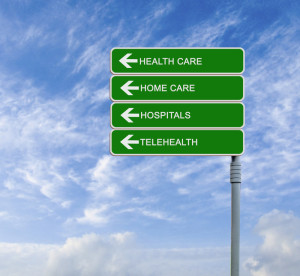My StarBridge Advisors colleague, David Muntz, wrote an excellent blog series on Digital Health over the past year. His latest in the series is titled, “Digital Health – Planning for the Virtual Campus”. David’s ability to define digital health and provide a blueprint for organizations is impressive. This most recent post does not disappoint. He describes the changes that health systems have made in care delivery during the pandemic and poses the question – where do we go from here? He outlines 12 steps organizations should take. Here is a partial list just to whet your appetite:
to define digital health and provide a blueprint for organizations is impressive. This most recent post does not disappoint. He describes the changes that health systems have made in care delivery during the pandemic and poses the question – where do we go from here? He outlines 12 steps organizations should take. Here is a partial list just to whet your appetite:
- Embrace the same discipline and framework to create the virtual campus as for a traditional campus
- Query a broader representative sample of stakeholders than you have in the past
- Plan for the underserved and those who might be excluded because of the digital divide
- Personalize the experience for providers, patients, and families
- Use augmented intelligence (AI) and machine learning (ML) during the data collection process
I encourage you to check out the entire post. If you are interested in any future posts in David’s digital health series, subscribe to View from the Bridge to get notifications of new posts. Our team of advisors regularly contributes posts on a wide range of topics relevant to today’s healthcare executives and IT leaders.
The New England HIMSS 2021 Annual Spring Conference: “Empowering People to Impact Health Through Information and Technology” was this week. Continue reading









